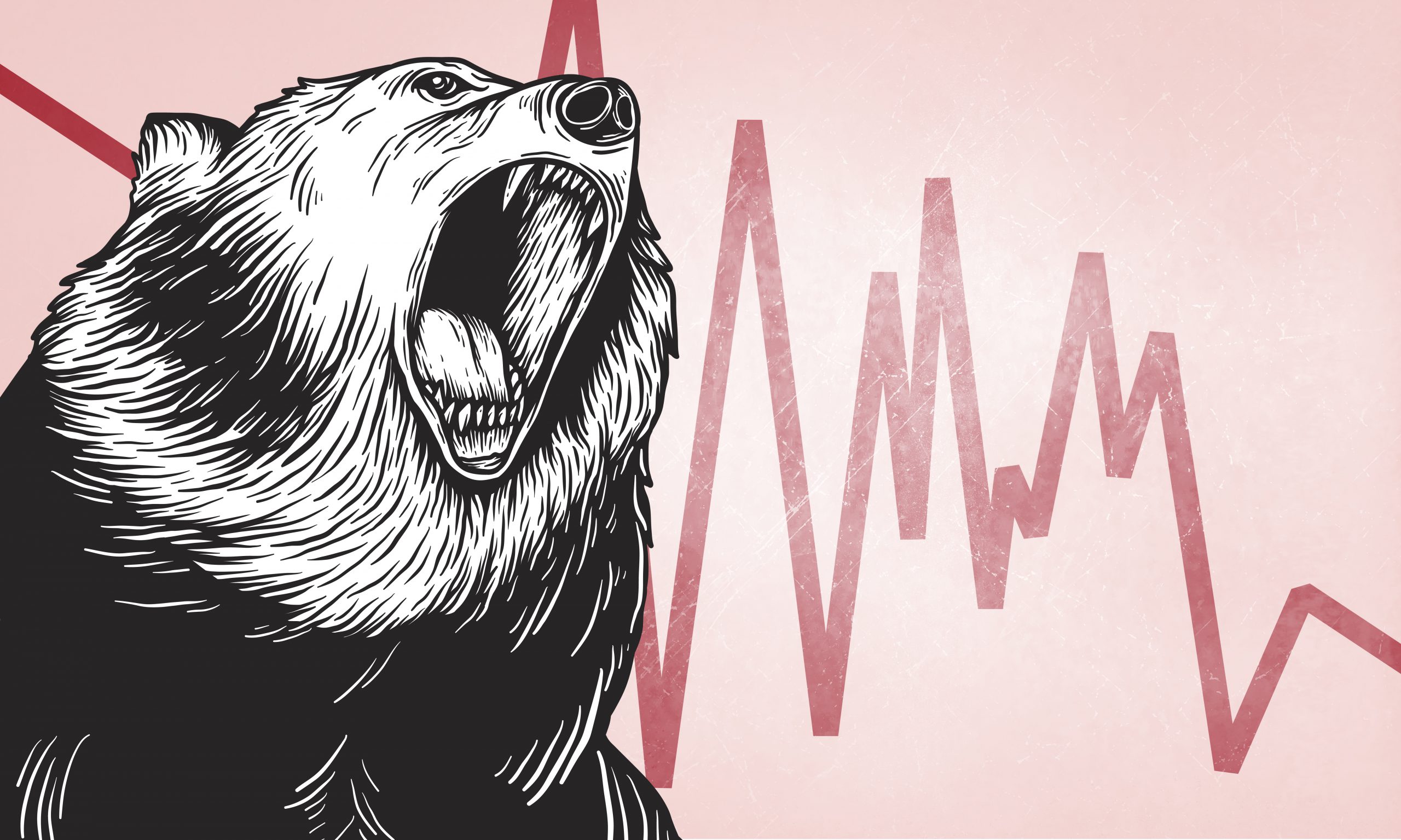
Inflation levels in the United States are running at a level not seen since the 1980s, and the Federal Reserve officials are planning to raise interest rates aggressively. The Fed is expected to increase the target policy rate by half a percentage point in its next meeting on May 3-4. Fed Chair Jerome Powell gave the indication of a double-sized rate hike as inflation is “much higher now,” and it might be appropriate for the Fed to move a “little more quickly.”
On Thursday, the benchmark indices posted gains. The Dow rose 1.9%, and the S&P 500 gained 2.5%, while the tech-heavy Nasdaq Composite jumped 3.1%. However, the indices are still trading in the red for the month. The Dow is off 2.2%, the S&P is down 5.4%, while the Nasdaq is down 9.5% and is expected to post its worst month since March 2020. Moreover, Morgan Stanley (MS) equity strategist Mike Wilson expects the S&P to join the bear market within weeks due to the Fed’s tightening monetary policy.
Given this backdrop, inverse ETFs that bet on the market decline, ProShares Short S&P500 (SH) and ProShares Short QQQ (PSQ), might be solid bets to hedge against a downturn.
ProShares Short S&P500 (SH)
SH seeks a return that replicates the inverse return of its underlying S&P 500 benchmark before fees and expenses. The fund might be an attractive option for investors looking to bet against the large-cap U.S. equities sector of the underlying index. The fund aims to deliver inverse results over a single trading session, with exposure resetting on a monthly basis.
As of April 27, the fund’s top holding is the U.S Dollar with a 21.37% weighting, followed by the United States Treasury Bills 0.0% 26-MAY-2022 with an 8.88% weighting and the United States Treasury Bills 0.0% 02-JUN-2022 with an 8.43% weighting. SH has a NAV of $14.83 as of April 28 and an expense ratio of 0.88%, significantly lower than the category average of 1.11%.
Over the past year, SH’s fund flows came in at $921.69 million and $586.82 million over the past three months. The fund has gained 8.7% year-to-date and 6% over the past month to close yesterday’s trading session at $14.81. It has a five-year monthly beta of a negative 0.89.
SH’s strong fundamentals are reflected in its POWR Ratings. The ETF has an overall rating of B, which equates to Buy in our proprietary rating system. The POWR Ratings are calculated by considering 118 different factors, with each factor weighted to an optimal degree.
The fund has an A grade for Trade and a B grade for Buy & Hold and Peer. In the 49-ETF Inverse Equities ETFs group, it is ranked #10. The group is rated B. Click here to see more of SH’s component grades.
ProShares Short QQQ (PSQ)
PSQ offers inverse exposure to the NASDAQ-100 index, which comprises the 100 largest non-financial securities on the NASDAQ. The fund seeks to provide a return that is -1x of the underlying benchmark for a single day.
With a NAV of $12.68 as of April 28, the fund has an expense ratio of 0.95%, significantly lower than the category average of 1.11%. As of April 27, the fund’s top holdings include the U.S. Dollar with a 25.43% weighting, United States Treasury Bills 0.0% 02-JUN-2022 with a 22.76% weighting, and the United States Treasury Bills 0.0% 05-MAY-2022, with a 10.77% weighting.
PSQ’s fund flows came in at $598.44 million over the past year and $185.26 million over the past three months. The ETF has gained 17.1% year-to-date and 10.4% over the past month to close yesterday’s trading session at $12.68.
It’s no surprise that PSQ has an overall A rating, which translates to Strong Buy in our POWR Ratings system.
The ETF has a Trade and Peer grade of A. It is ranked #1 in the same group. To see additional POWR Ratings for PSQ, click here.
SH shares were trading at $15.27 per share on Friday afternoon, up $0.46 (+3.11%). Year-to-date, SH has gained 12.11%, versus a -12.39% rise in the benchmark S&P 500 index during the same period.
About the Author: Anushka Dutta

Anushka is an analyst whose interest in understanding the impact of broader economic changes on financial markets motivated her to pursue a career in investment research.
Buy These 2 Bearish ETFs as the Fed Aggressively Tightens Rates in 2022 StockNews.com






